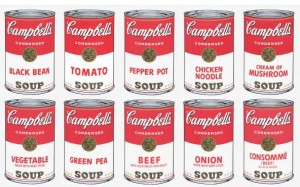Hashtags and Deeds.
 It’s easy to make a hashtag. Getting people to follow a hashtag is an art. A hashtag can start a movement…and mobilize a movement. “Binders full of women” was a meme started on the web as a hashtag. Someone with a good ear hit it and it likely will become a campaign mantra, even an ad. President Obama’s reference to Lilly Ledbetter, an amazing debate uppercut, should have carried more weight but the hashtag slingers went with binders. Probably started by a NY-area, skinny jeaned brand planner. And I say that with mad respect.
It’s easy to make a hashtag. Getting people to follow a hashtag is an art. A hashtag can start a movement…and mobilize a movement. “Binders full of women” was a meme started on the web as a hashtag. Someone with a good ear hit it and it likely will become a campaign mantra, even an ad. President Obama’s reference to Lilly Ledbetter, an amazing debate uppercut, should have carried more weight but the hashtag slingers went with binders. Probably started by a NY-area, skinny jeaned brand planner. And I say that with mad respect.
The idea of a movement though is pretty critical. It sets objects in motion. Sitting on one’s coach or favorite chair while on a device is a precursor to movement. Precursor to a deed. Occupy Wall Street was all about deeds. Getting off the couch and voting, going to the school board meeting to talk about teacher assessment – these are deeds. Ceasing to buy high fructose corn syrup? Deed.
What is so exciting about social media today is that as a precursor to deeds, it is an amazing tool. Let us not forget however movements without marchers a wan. What user experience designers on the web need to know and what brand experience planners need to know is that “likes” and tweets and strategy are great, but marketers need us to finish. Marketers need the ball in the hoop. (Lavinwood.) Engagement without sales is not a valid return. Social is too exciting a new tool to overlook and to diss, but it really needs to understand how to finish. Peace.






